Surgery After Failing More Medications Linked to Lower Seizure Freedom
This study looked at children with drug-resistant epilepsy, which means their seizures do not respond well to medication.
Latest on EEG and imaging in epilepsy, how tests predict outcomes and guide treatment, all presented in plain English for normal people.
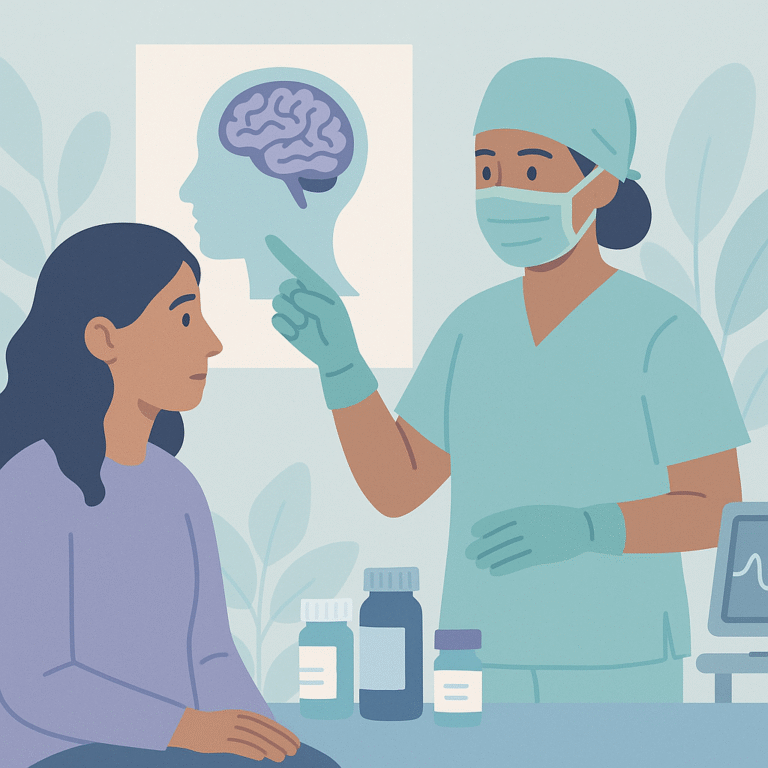
This study looked at children with drug-resistant epilepsy, which means their seizures do not respond well to medication.
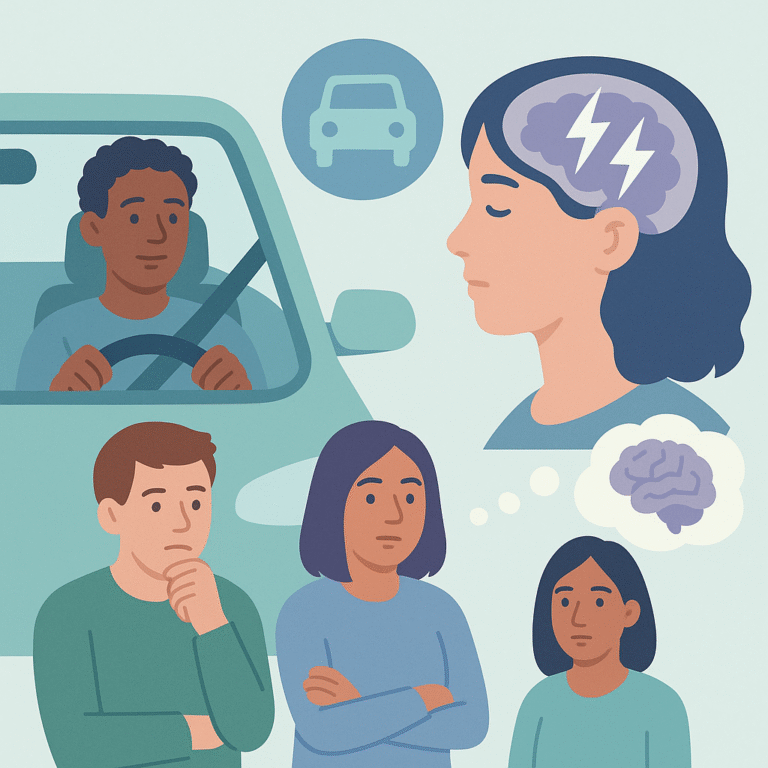
Researchers studied the effects of interictal epileptiform discharges (IEDs) on cognitive functions and reaction times in people with epilepsy.
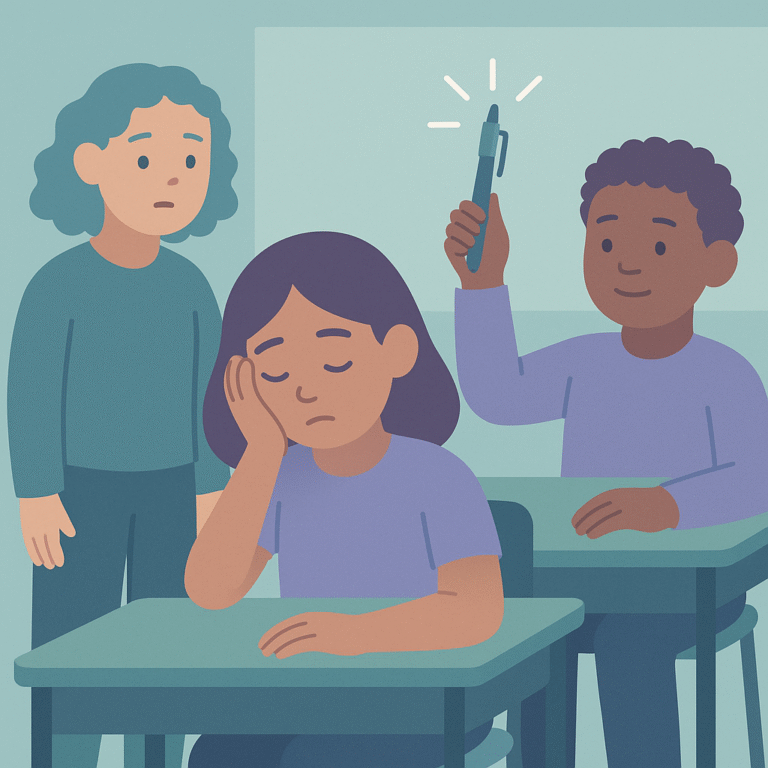
Researchers studied two young girls, ages 9 and 10, who experienced seizures triggered by a red-light flashing pen that is popular among children.
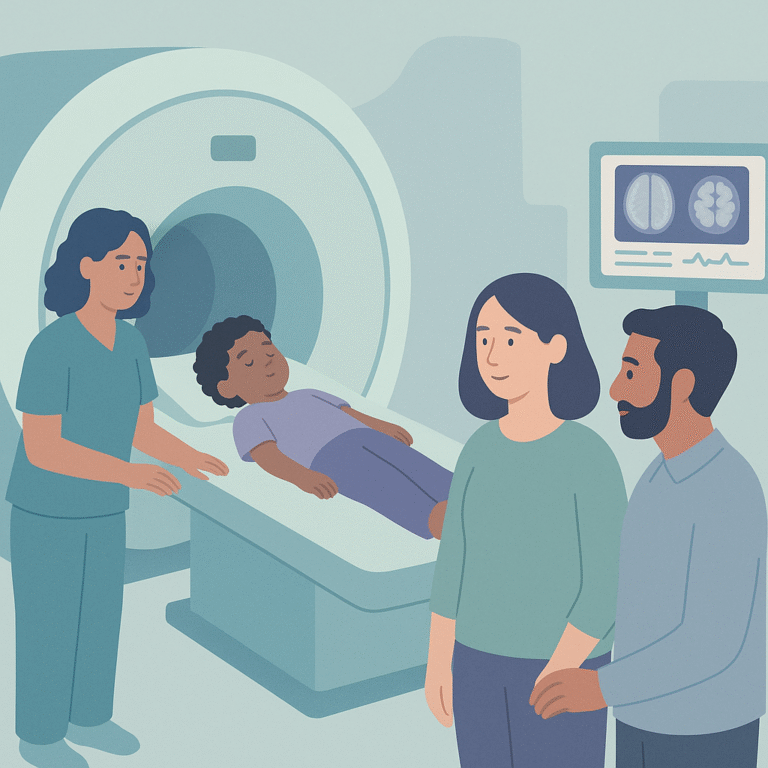
Researchers studied how a special type of MRI, called ultra-high field 7T MRI, can improve the way doctors look at and understand epilepsy in children.
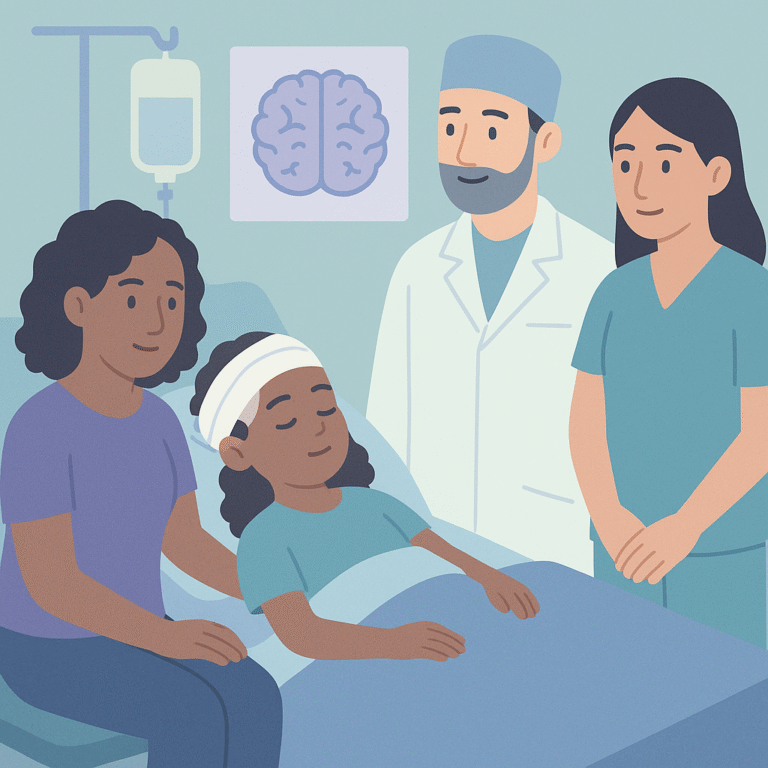
A study was conducted to evaluate the outcomes of a surgical procedure called hemispherotomy in 23 children with drug-resistant epilepsy (DRE) in Panama.
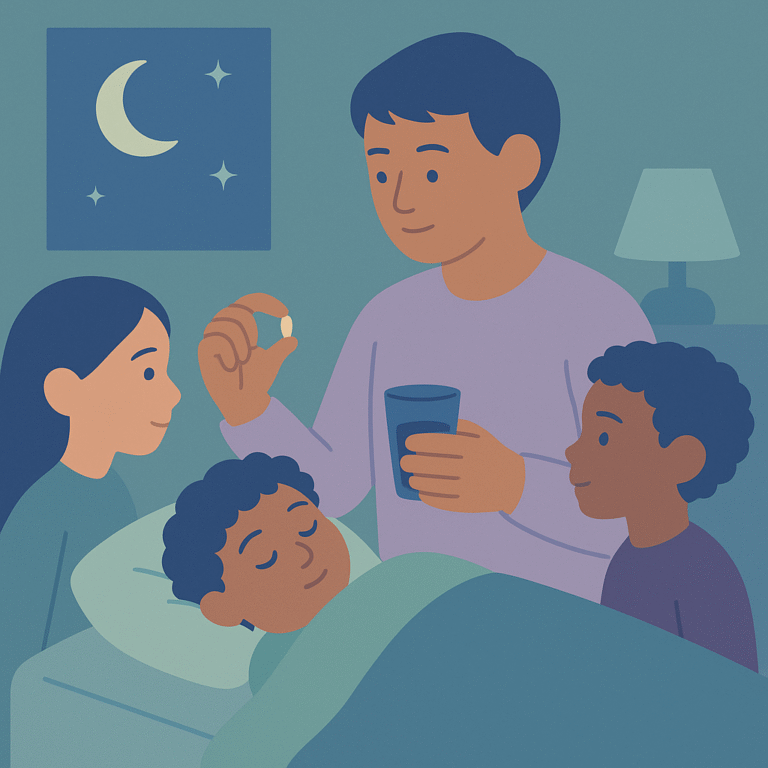
Researchers studied a type of epilepsy called self-limited epilepsy with centrotemporal spikes (SeLECTS) in 192 children.
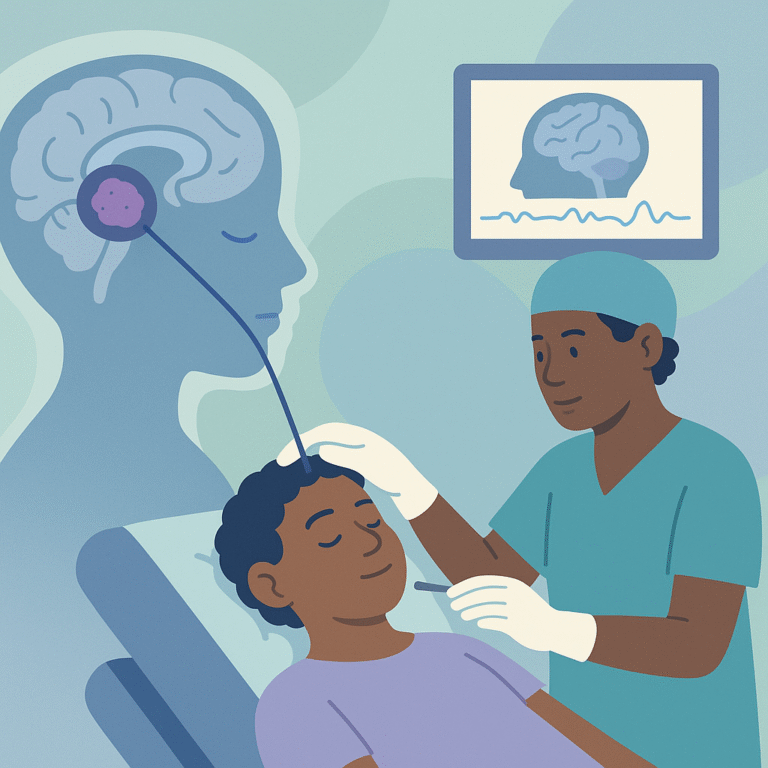
This study looked at the long-term results of a treatment called stereotactic radiofrequency thermocoagulation (SRT) for patients with hypothalamic hamartomas (HHs), which are brain growths that can cause difficult-to-control seizures.
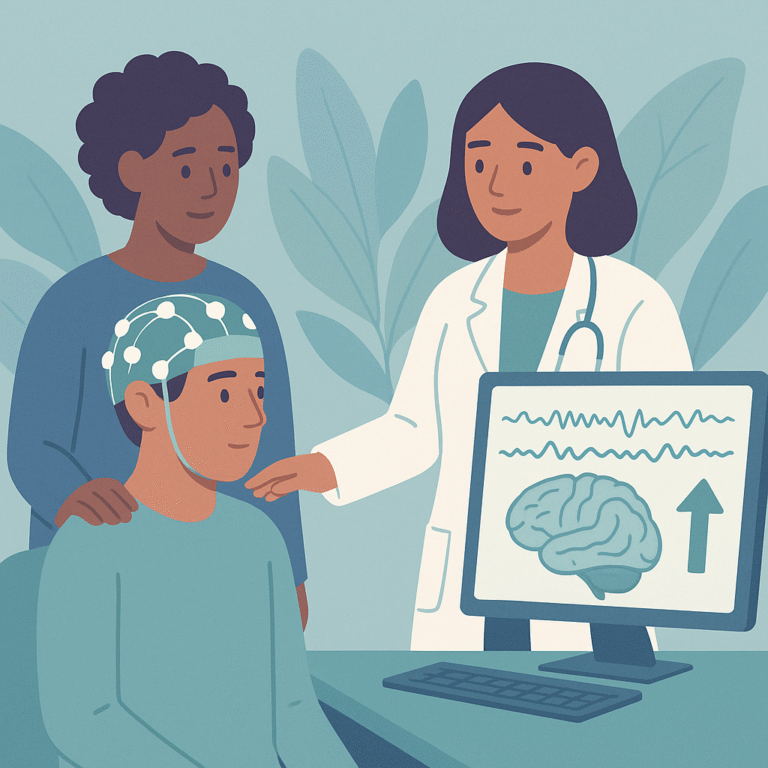
A recent study looked at the role of EEG (electroencephalogram) tests in patients who had their first unprovoked seizure.
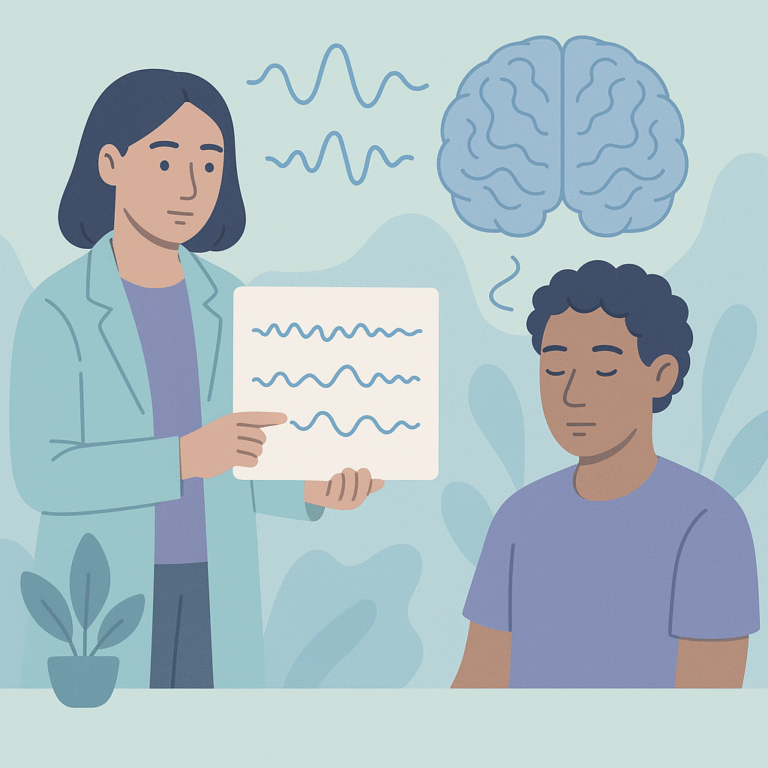
Researchers studied the patterns of brain activity in people with focal epilepsy, focusing on a specific type of brain wave called “focal delta slowing.” This type of slowing appears on electroencephalograms (EEGs), which are tests that measure electrical activity in…